Home>Furniture & Design>Bathroom Accessories>How Does Pee Get Under The Toilet Seat
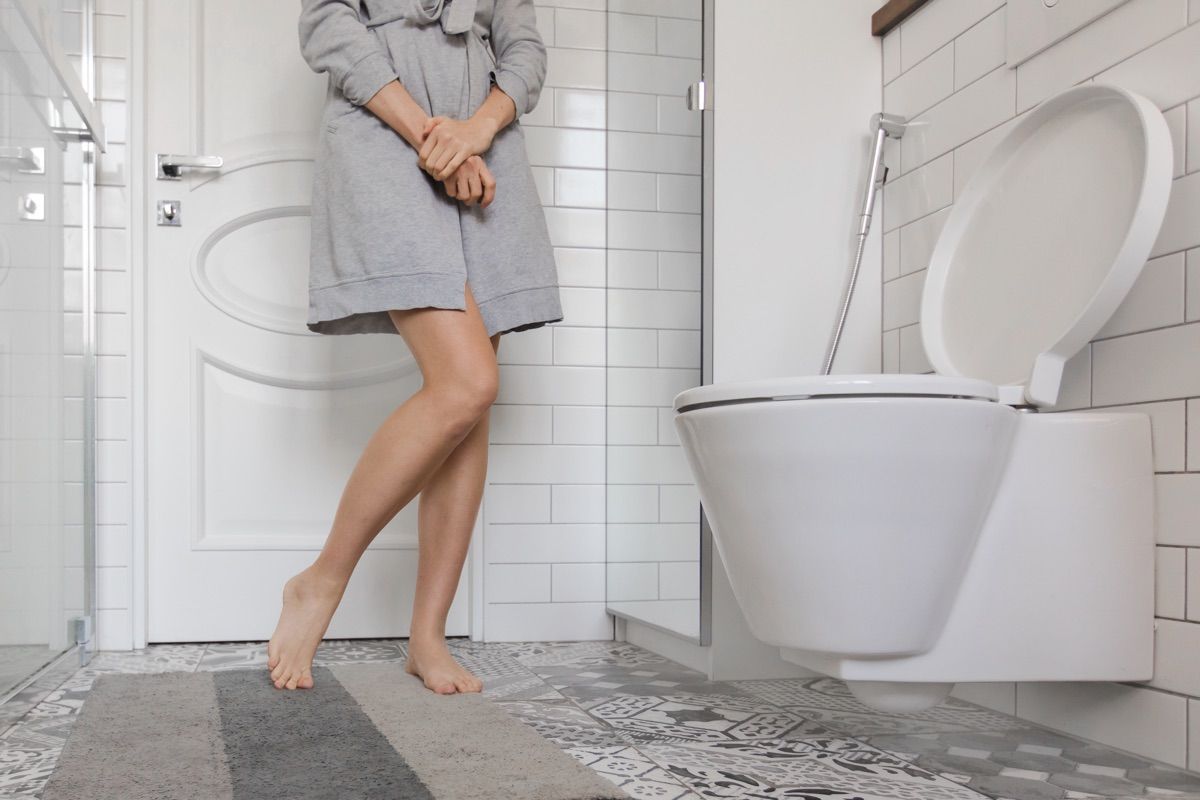

Bathroom Accessories
How Does Pee Get Under The Toilet Seat
Modified: August 16, 2024
Discover how pee gets under the toilet seat and find the best bathroom accessories to prevent it. Keep your bathroom clean and hygienic with our tips and products.
(Many of the links in this article redirect to a specific reviewed product. Your purchase of these products through affiliate links helps to generate commission for Storables.com, at no extra cost. Learn more)
Introduction
Pee under the toilet seat is a common household nuisance that many people encounter. It can be perplexing and frustrating to discover, especially when the bathroom was recently cleaned. The presence of pee under the toilet seat raises questions about how it got there and what can be done to prevent it from happening again. Understanding the factors contributing to this issue and its impact is essential for maintaining a clean and hygienic bathroom environment.
The sight of pee under the toilet seat can evoke a range of emotions, from annoyance to disgust. It is a problem that transcends age, gender, and living arrangements, affecting households and public restrooms alike. The issue of pee under the toilet seat is not only about cleanliness but also about the overall comfort and well-being of individuals using the bathroom.
In this article, we will delve into the science of pee and explore the factors that contribute to its presence under the toilet seat. We will also examine the impact of this issue on hygiene and discuss effective strategies for preventing pee under the toilet seat. By gaining a deeper understanding of this common problem, we can work towards creating a more pleasant and sanitary bathroom experience for everyone.
Key Takeaways:
- Pee under the toilet seat happens because of how people pee, their habits, and even medical conditions. By learning about these factors and promoting good hygiene, we can keep the bathroom clean and comfortable for everyone.
- Pee under the toilet seat can make the bathroom smelly and uncomfortable. By teaching good bathroom habits, keeping the toilet area clean, and understanding each other’s needs, we can make the bathroom a nicer place for everyone.
Read more: Why Do Guys Pee On The Toilet Seat
The Science of Pee
Pee, also known as urine, is a complex fluid produced by the human body as a result of the filtration of blood by the kidneys. It is primarily composed of water, along with various waste products and compounds that the body needs to eliminate. The color and odor of pee can vary based on factors such as hydration levels, diet, and overall health.
The kidneys play a crucial role in the production of urine. They filter waste products, excess substances, and water from the bloodstream, which are then transported to the bladder through the ureters. The bladder serves as a storage reservoir for urine until it is expelled from the body through the urethra during urination.
The composition of urine is a reflection of the body's metabolic processes. It contains waste products such as urea, a byproduct of protein metabolism, and uric acid, a byproduct of nucleic acid metabolism. Additionally, urine may contain small amounts of electrolytes, hormones, and other compounds that the body needs to eliminate to maintain a healthy internal environment.
The color of urine can provide valuable insights into an individual's health. Pale yellow or straw-colored urine is typically an indication of adequate hydration, while dark yellow or amber-colored urine may signal dehydration. Certain foods, medications, and medical conditions can also influence the color of urine, leading to variations ranging from pink or red to green or blue.
Furthermore, the odor of urine is influenced by the presence of various compounds, including ammonia and other nitrogen-containing substances. The distinct smell of urine is a result of bacterial action on these compounds, which can produce a pungent or characteristic odor.
Understanding the science of pee is essential for comprehending its properties and the factors that can lead to its presence under the toilet seat. By gaining insight into the composition and characteristics of urine, individuals can take proactive measures to maintain cleanliness and hygiene in the bathroom, ultimately contributing to a more pleasant and sanitary environment for all.
Factors Contributing to Pee Under the Toilet Seat
Pee under the toilet seat can be attributed to several factors, ranging from physiological aspects to behavioral tendencies. Understanding these contributing factors is crucial for addressing the issue effectively and implementing preventive measures. Here are the key factors that can lead to pee under the toilet seat:
-
Aim and Technique: The manner in which individuals, particularly males, urinate can significantly influence the likelihood of pee ending up under the toilet seat. Factors such as the angle of urine stream, distance from the toilet, and the force of urination can contribute to splashing and subsequent accumulation of pee in undesired areas.
-
Hygiene Habits: Inadequate hygiene practices, such as not lifting the toilet seat or failing to aim accurately, can result in pee being deposited under the seat. This is particularly relevant in shared restrooms, where individuals may not prioritize cleanliness or may overlook the impact of their actions on subsequent users.
-
Children and Learning Process: In households with young children who are in the process of learning to use the toilet independently, accidents and misdirected urination can lead to pee under the toilet seat. This developmental phase requires patience and guidance to instill proper bathroom etiquette.
-
Medical Conditions: Certain medical conditions, such as urinary incontinence or prostate issues, can contribute to unintentional urine leakage and result in pee under the toilet seat. Individuals dealing with such conditions may require additional support and accommodations to manage this aspect effectively.
-
Environmental Factors: The design and cleanliness of the toilet area, including the presence of adequate lighting, accessibility of cleaning supplies, and the overall condition of the bathroom, can influence the likelihood of pee under the toilet seat. A poorly maintained or cluttered restroom may contribute to this issue.
-
Cultural and Social Norms: Sociocultural factors and prevailing norms regarding bathroom etiquette and cleanliness can influence individuals' behavior in the restroom. Variations in cultural practices and upbringing may impact the level of attention given to maintaining a tidy toilet environment.
-
Lack of Awareness: In some cases, individuals may simply be unaware of the consequences of their actions or may not realize that their urination habits are leading to pee under the toilet seat. Education and communication can play a pivotal role in addressing this lack of awareness.
By recognizing and understanding these contributing factors, individuals and households can take proactive steps to minimize the occurrence of pee under the toilet seat. Implementing targeted interventions, promoting awareness, and fostering a culture of cleanliness can collectively contribute to a more hygienic and pleasant bathroom experience for everyone.
Impact of Pee Under the Toilet Seat
The presence of pee under the toilet seat can have multifaceted impacts on both individuals and the overall bathroom environment. Understanding these implications is essential for recognizing the significance of addressing this issue effectively.
First and foremost, hygiene is a primary concern when it comes to the impact of pee under the toilet seat. Urine contains various compounds and microorganisms that can contribute to unpleasant odors and bacterial growth. When left unaddressed, the accumulation of pee under the toilet seat can compromise the cleanliness and sanitation of the bathroom, potentially leading to an unhygienic environment that poses health risks.
Furthermore, the presence of pee under the toilet seat can affect the overall comfort and satisfaction of individuals using the bathroom. Discovering pee in this area can be off-putting and unsettling, detracting from the sense of cleanliness and well-being that is expected in a restroom setting. This can lead to discomfort and dissatisfaction among users, particularly in shared or public restroom facilities.
In addition, the impact of pee under the toilet seat extends to the maintenance and upkeep of the bathroom. Cleaning and addressing the consequences of this issue require additional time, effort, and resources. Moreover, if the problem persists, it can contribute to ongoing maintenance challenges and the need for more frequent cleaning, ultimately affecting the overall management of the restroom space.
From a social and interpersonal perspective, the presence of pee under the toilet seat can lead to tension and conflict within households or shared living environments. It can become a point of contention and frustration, particularly when individuals feel that others are not taking responsibility for maintaining a clean and hygienic bathroom. This can strain relationships and create an atmosphere of dissatisfaction and discord.
Furthermore, the impact of pee under the toilet seat can extend to perceptions of cleanliness and overall standards of hygiene. A consistently unclean or unkempt restroom can reflect poorly on the individuals responsible for its upkeep and can influence broader perceptions of cleanliness within a living or communal space.
In summary, the impact of pee under the toilet seat encompasses hygiene, comfort, maintenance, social dynamics, and perceptions of cleanliness. By recognizing the far-reaching implications of this issue, individuals and households can prioritize effective strategies for prevention and maintenance, ultimately contributing to a more pleasant, hygienic, and harmonious bathroom environment for all.
Preventing Pee Under the Toilet Seat
Preventing pee under the toilet seat requires a multifaceted approach that addresses behavioral, environmental, and educational aspects. By implementing proactive measures and fostering a culture of cleanliness, individuals and households can significantly reduce the occurrence of this common issue.
Read more: How To Get A Toilet Seat White Again
Encouraging Proper Hygiene Habits
Promoting and reinforcing proper hygiene habits is essential for preventing pee under the toilet seat. This includes encouraging individuals, particularly males, to lift the toilet seat before urinating and to aim carefully to minimize splashing. Emphasizing the importance of cleanliness and consideration for others using the restroom can contribute to a more conscientious approach to bathroom etiquette.
Education and Awareness
Educational initiatives aimed at raising awareness about the consequences of pee under the toilet seat can play a pivotal role in prevention. Providing information about the impact on hygiene, comfort, and interpersonal dynamics can help individuals understand the significance of maintaining a clean toilet environment. This can be particularly beneficial in shared living spaces and public restroom facilities.
Maintenance and Cleaning Practices
Regular maintenance and cleaning of the toilet area are crucial for preventing the accumulation of pee under the seat. Ensuring that cleaning supplies are readily accessible and promoting a routine cleaning schedule can help address any instances of pee under the seat promptly. Additionally, maintaining proper lighting and ventilation in the restroom can contribute to a more hygienic environment.
Support for Individuals with Medical Conditions
For individuals dealing with medical conditions that may contribute to pee under the toilet seat, providing support and accommodations is essential. This may involve the use of specialized equipment or the implementation of strategies to minimize the impact of urinary issues. Creating a supportive and understanding environment can help individuals manage this aspect effectively.
Read more: Where To Get A Raised Toilet Seat
Encouraging Open Communication
Fostering open communication about bathroom etiquette and cleanliness within households and communal living spaces is crucial. Encouraging individuals to communicate their concerns and preferences regarding restroom maintenance can lead to a more collaborative and considerate approach. This can help address any underlying issues that may contribute to the presence of pee under the toilet seat.
Behavioral Guidance for Children
In households with young children, providing behavioral guidance and support during the toilet training process is essential. Teaching proper urination techniques, emphasizing the importance of cleanliness, and providing positive reinforcement can help instill good bathroom habits from an early age. Patience and encouragement are key during this developmental phase.
By implementing these preventive measures and fostering a collective commitment to maintaining a clean and hygienic bathroom environment, individuals and households can effectively minimize the occurrence of pee under the toilet seat. This proactive approach contributes to a more pleasant, comfortable, and sanitary restroom experience for everyone.
Conclusion
In conclusion, the presence of pee under the toilet seat is a common issue that can have far-reaching implications for hygiene, comfort, and interpersonal dynamics within households and communal living spaces. Understanding the science of pee, the factors contributing to its presence under the toilet seat, and the impact of this issue is essential for addressing it effectively. By recognizing the multifaceted nature of this problem, individuals and households can implement proactive strategies to prevent the accumulation of pee in undesired areas and foster a more hygienic and pleasant bathroom environment.
The science of pee provides valuable insights into its composition, characteristics, and the factors that can lead to its presence under the toilet seat. By understanding the properties of urine and the physiological aspects of urination, individuals can take proactive measures to minimize splashing and ensure proper hygiene practices in the restroom.
Factors contributing to pee under the toilet seat encompass a wide range of influences, including aim and technique, hygiene habits, developmental phases in children, medical conditions, environmental factors, cultural and social norms, and lack of awareness. Recognizing these contributing factors allows for targeted interventions and educational initiatives aimed at promoting proper bathroom etiquette and cleanliness.
The impact of pee under the toilet seat extends beyond hygiene, affecting comfort, maintenance, social dynamics, and perceptions of cleanliness. By acknowledging the implications of this issue, individuals can prioritize preventive measures and maintenance practices to create a more harmonious and hygienic bathroom environment.
Preventing pee under the toilet seat requires a multifaceted approach that encompasses proper hygiene habits, education and awareness, maintenance and cleaning practices, support for individuals with medical conditions, open communication, and behavioral guidance for children. By implementing these proactive measures and fostering a collective commitment to maintaining a clean and hygienic bathroom environment, individuals and households can effectively minimize the occurrence of pee under the toilet seat, ultimately contributing to a more pleasant, comfortable, and sanitary restroom experience for everyone.
In essence, addressing the issue of pee under the toilet seat goes beyond mere cleanliness; it reflects a commitment to creating a space that prioritizes hygiene, comfort, and consideration for others. By embracing a proactive and conscientious approach to bathroom etiquette, individuals can contribute to a more pleasant and harmonious living environment, ensuring that the restroom remains a clean and inviting space for all who use it.
Curious about maintaining a spotless home beyond just the bathroom? Dive into our detailed guide on tips for thoroughly cleaning a refrigerator, where you'll learn how to scrub every nook and cranny of your fridge, ensuring it looks and smells fresh. After tackling the kitchen, why not deal with persistent how to remove urine stains from toilet bowl? Our practical advice will help you remove those stubborn marks from your toilet bowl, keeping your restroom as pristine as the rest of your house.
Frequently Asked Questions about How Does Pee Get Under The Toilet Seat
Was this page helpful?
At Storables.com, we guarantee accurate and reliable information. Our content, validated by Expert Board Contributors, is crafted following stringent Editorial Policies. We're committed to providing you with well-researched, expert-backed insights for all your informational needs.
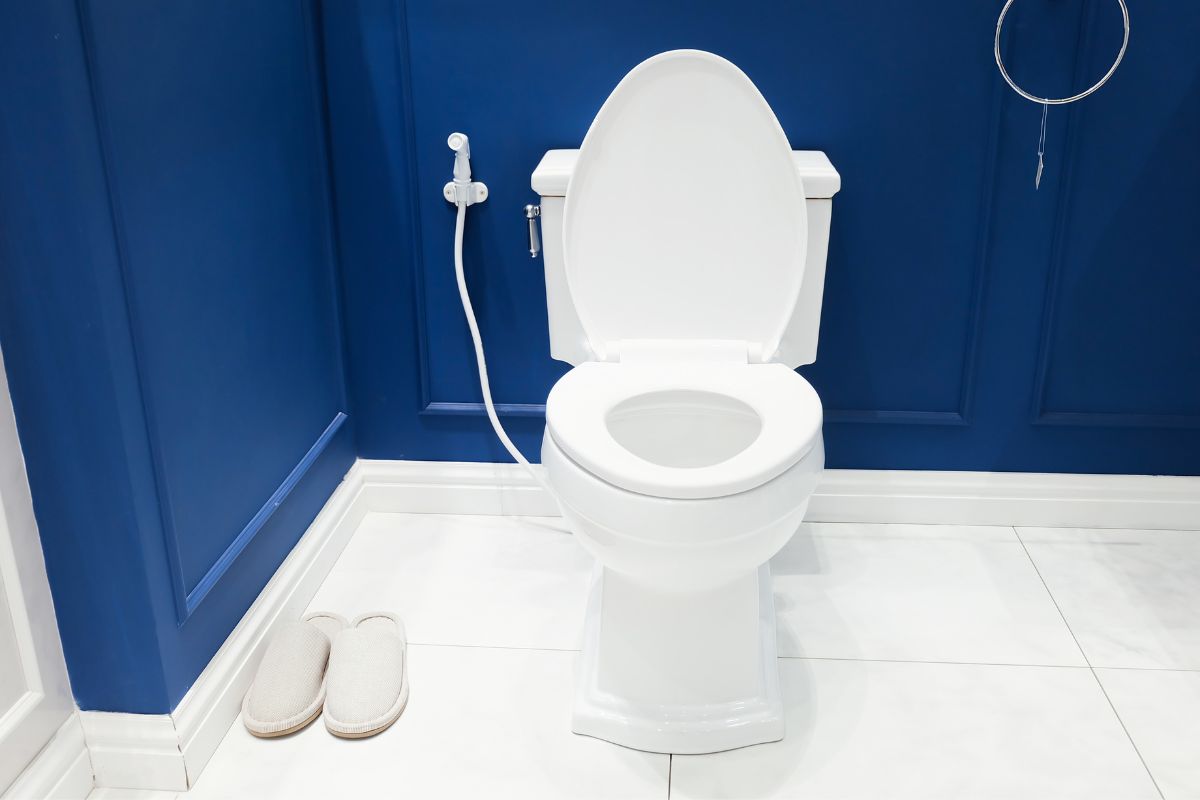
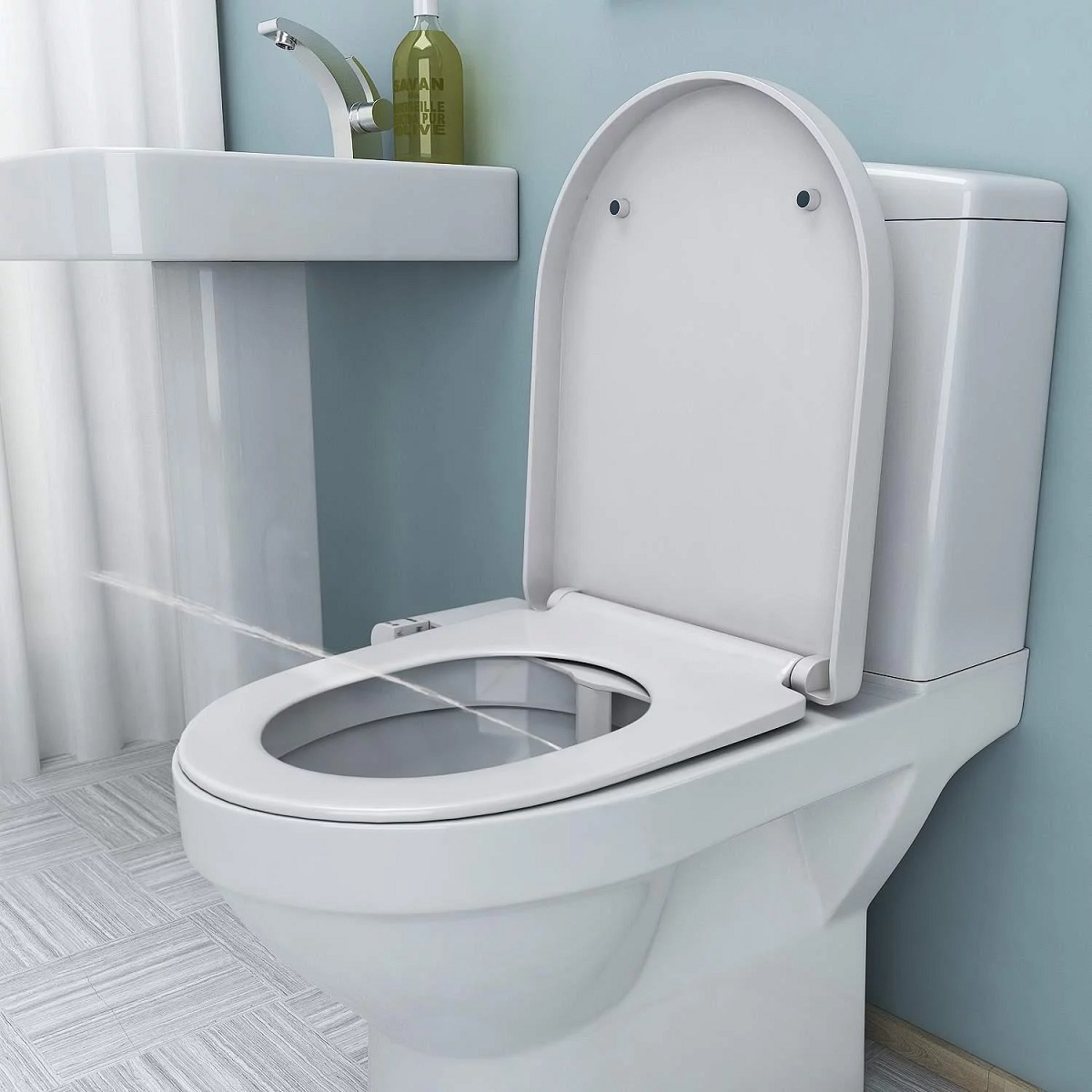
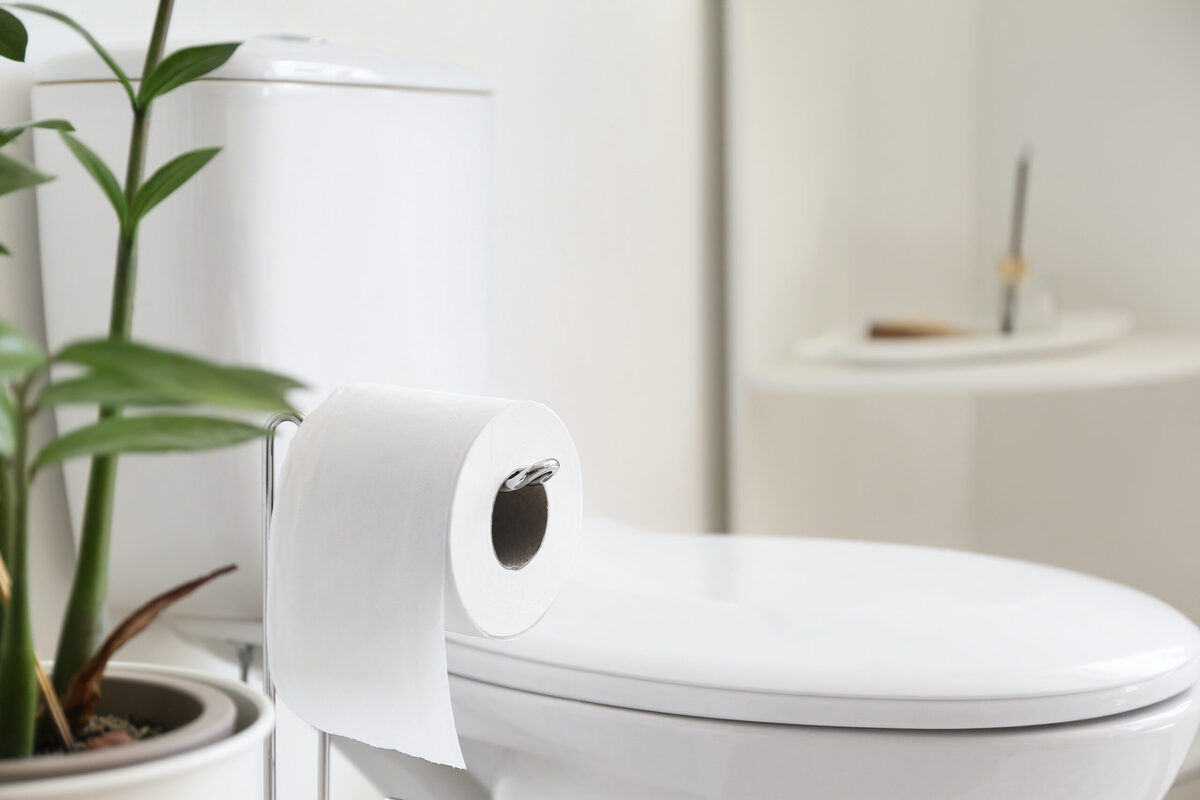
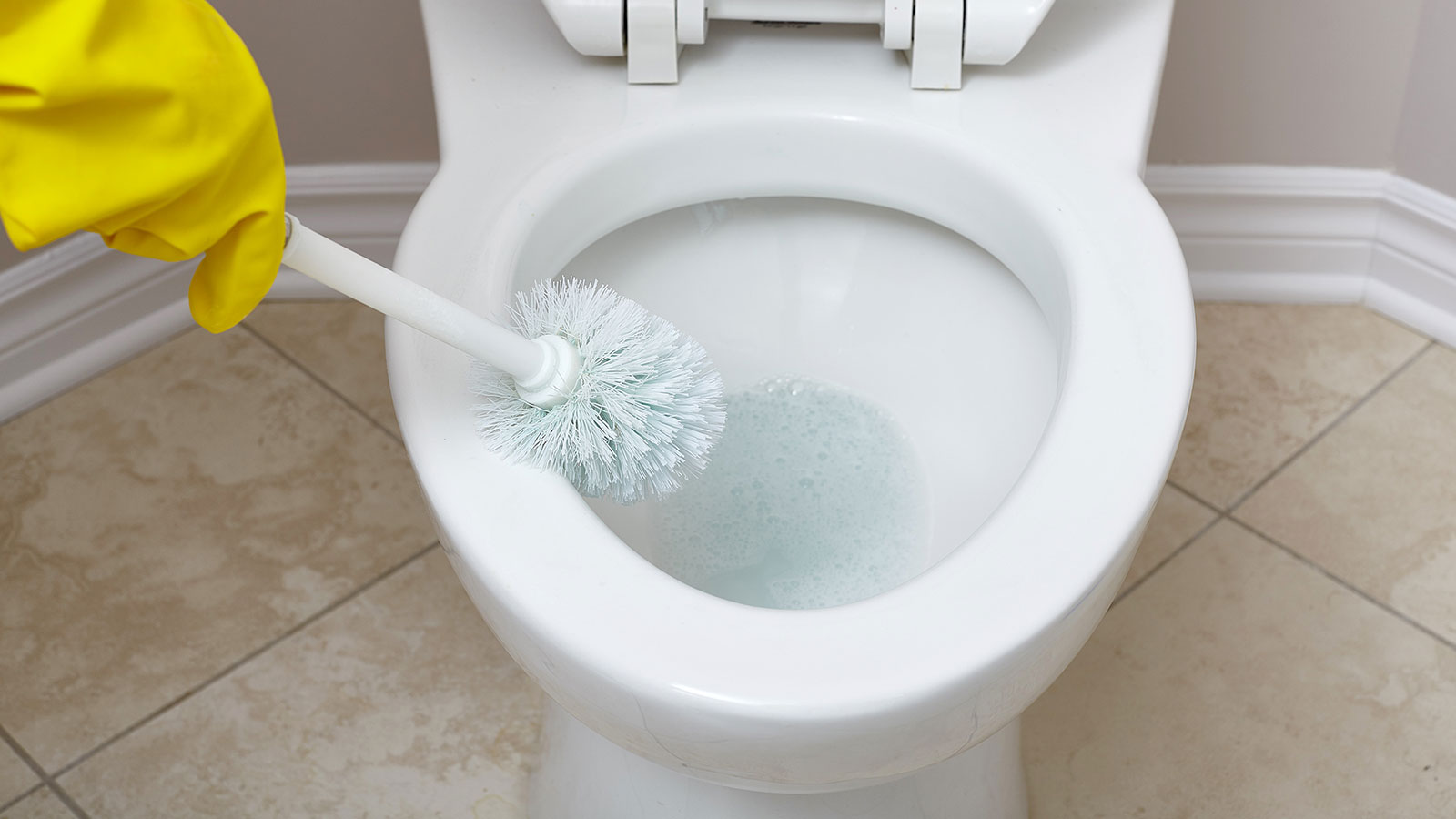
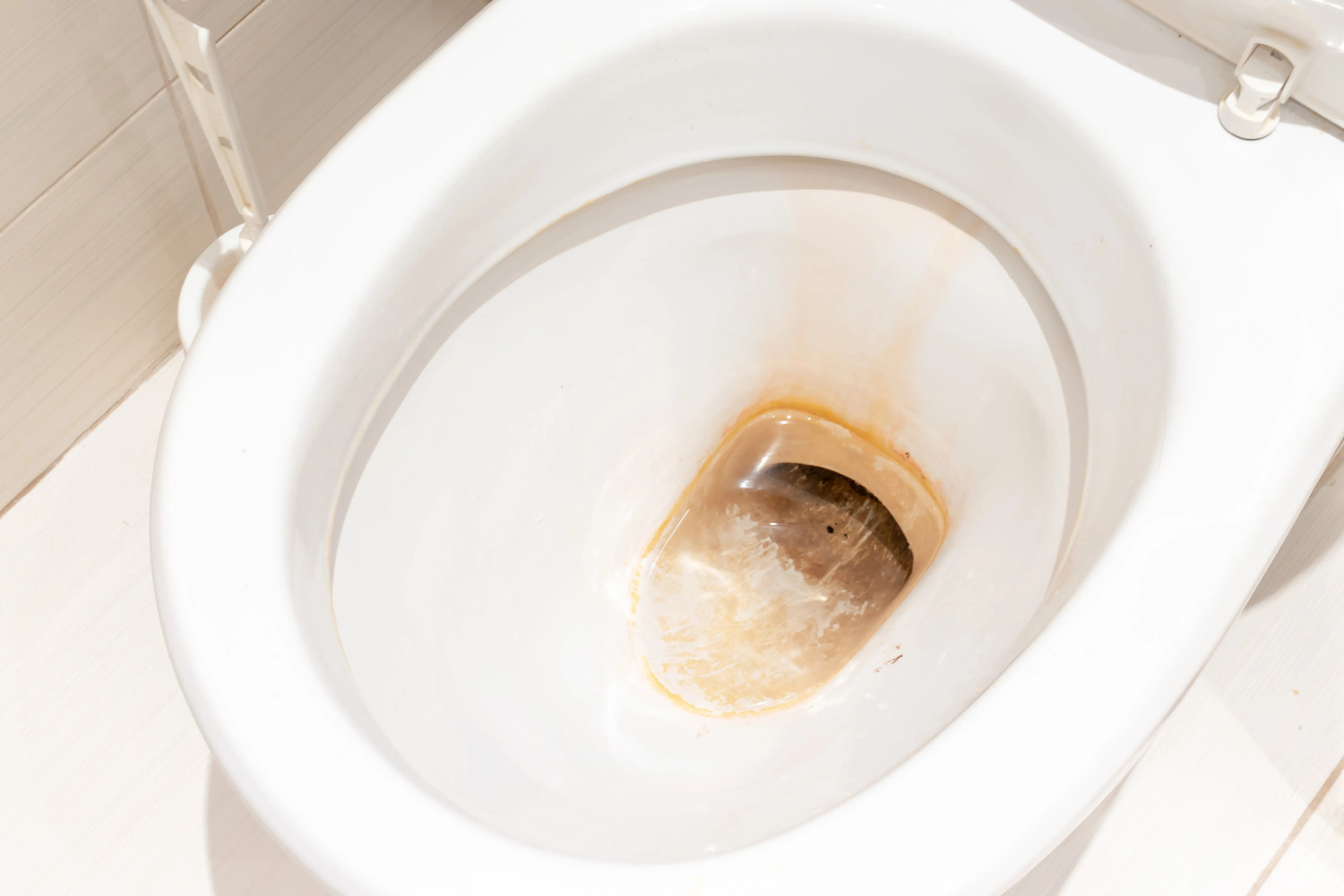
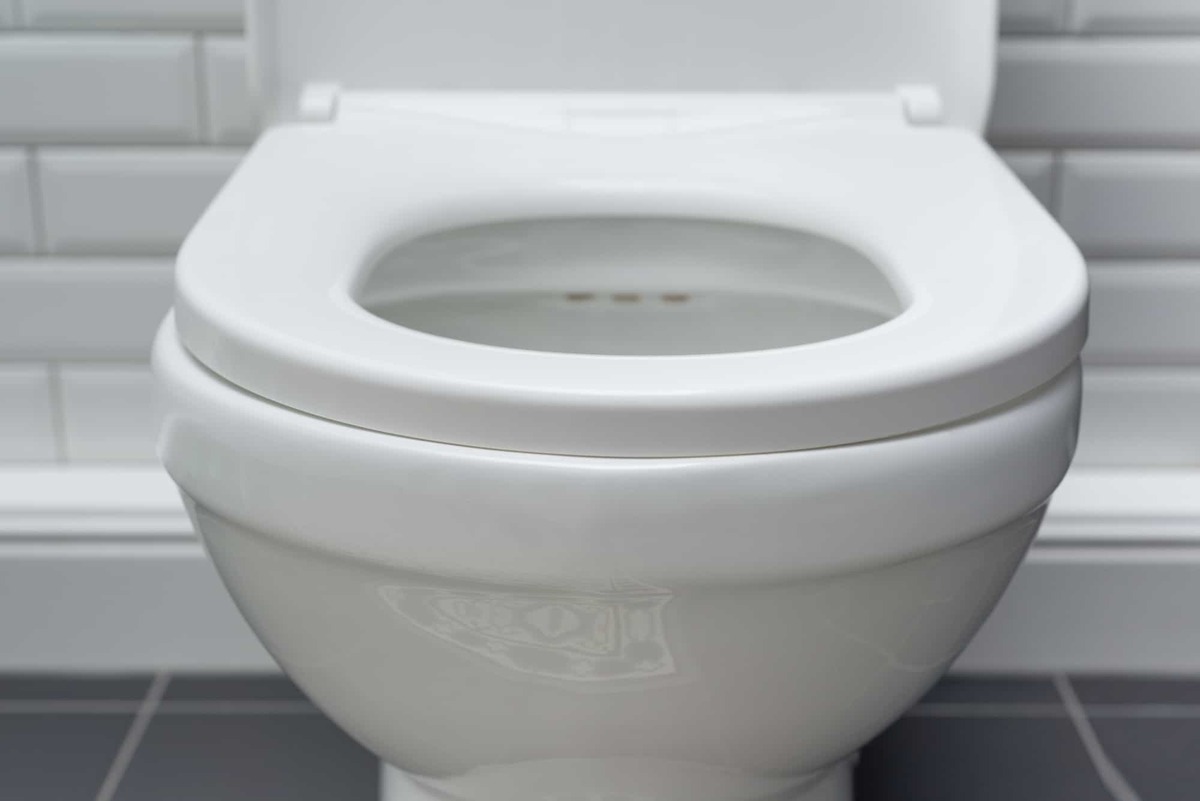
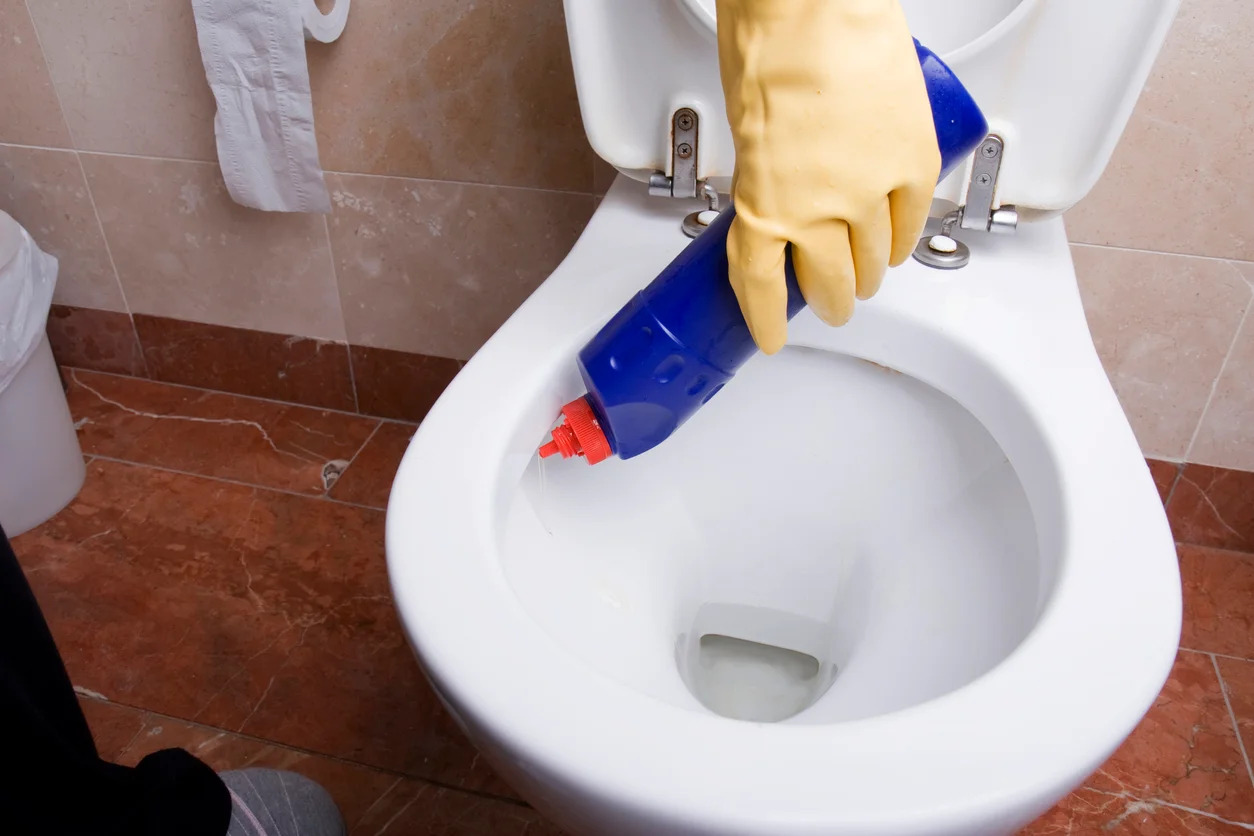
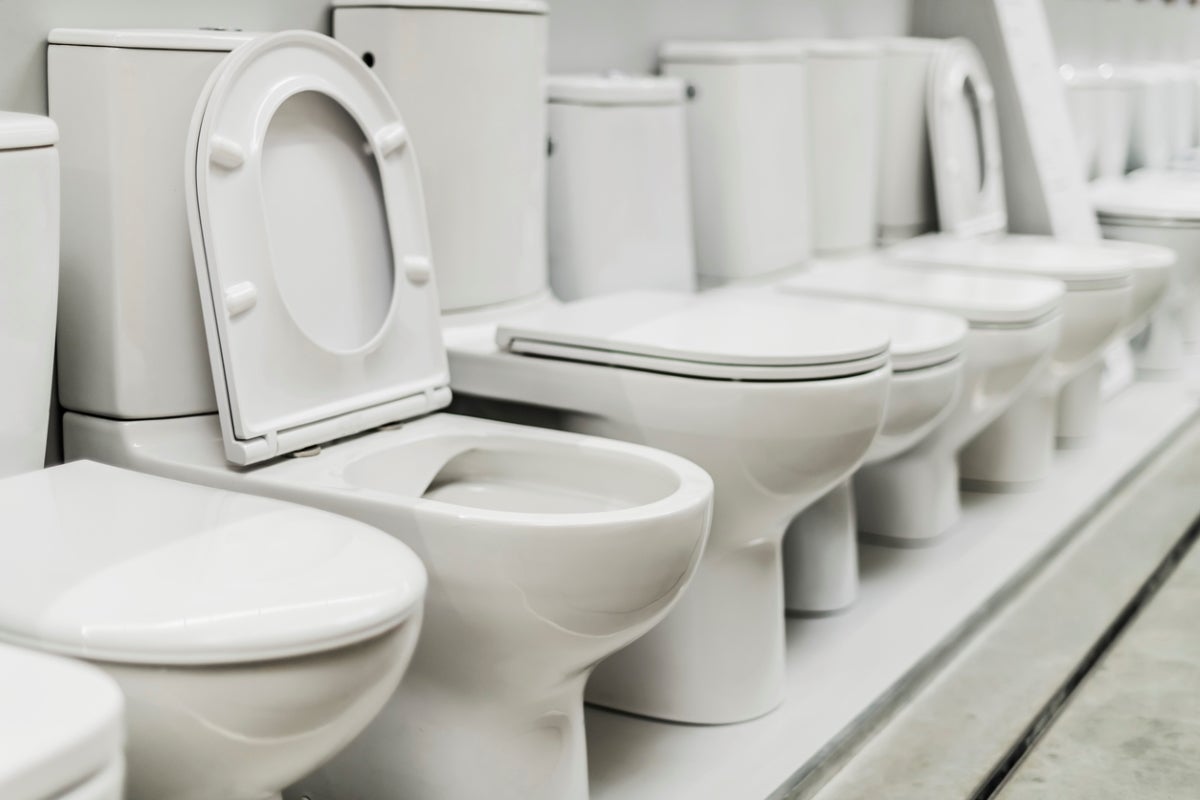
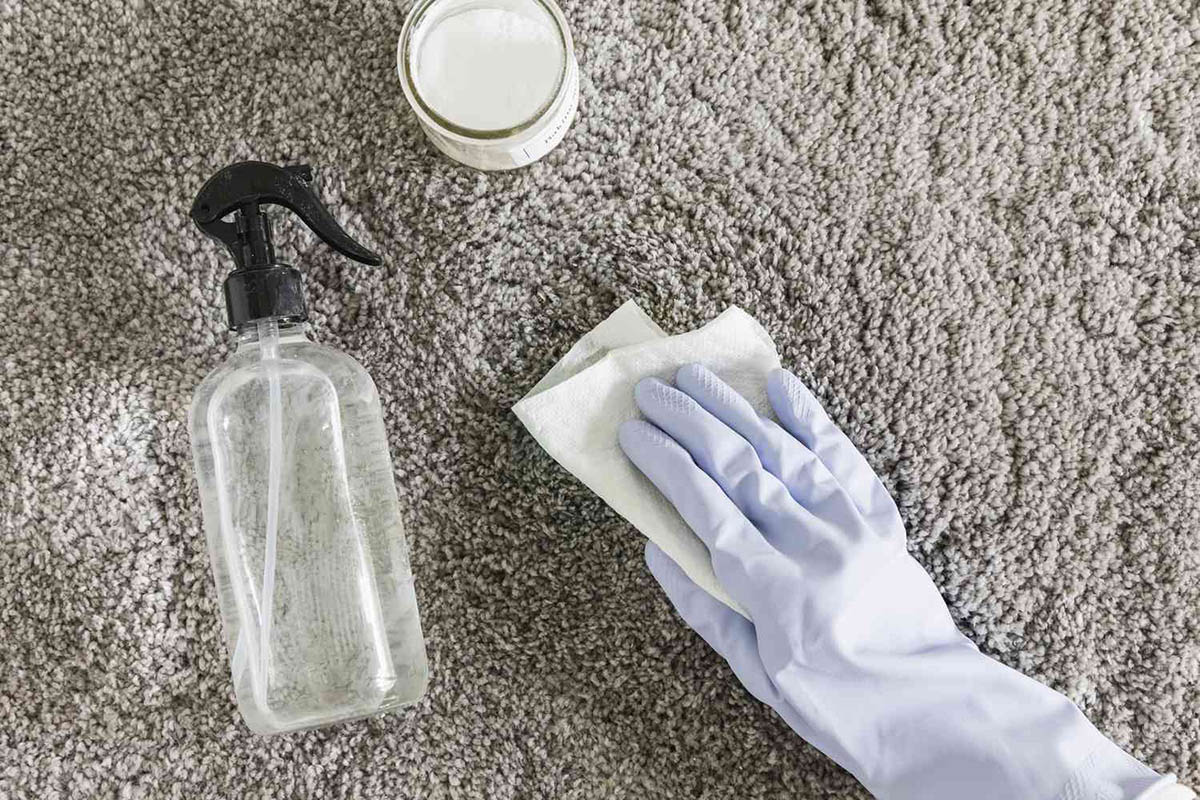

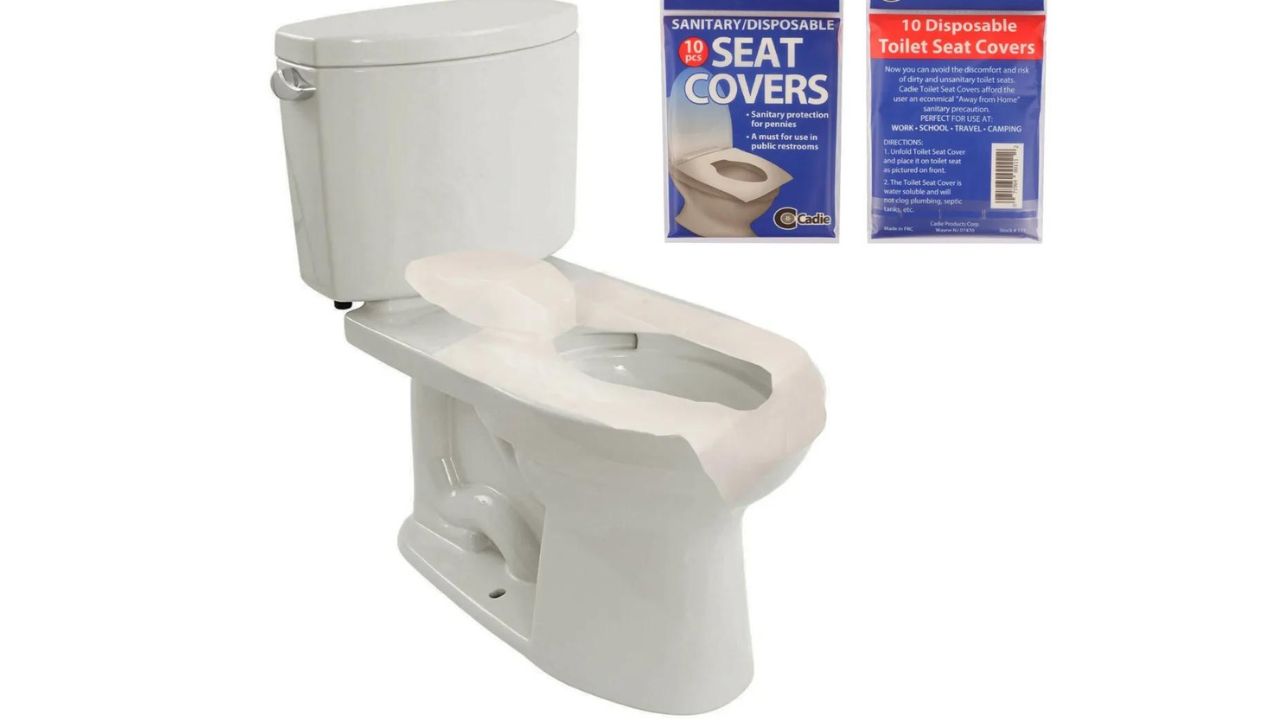
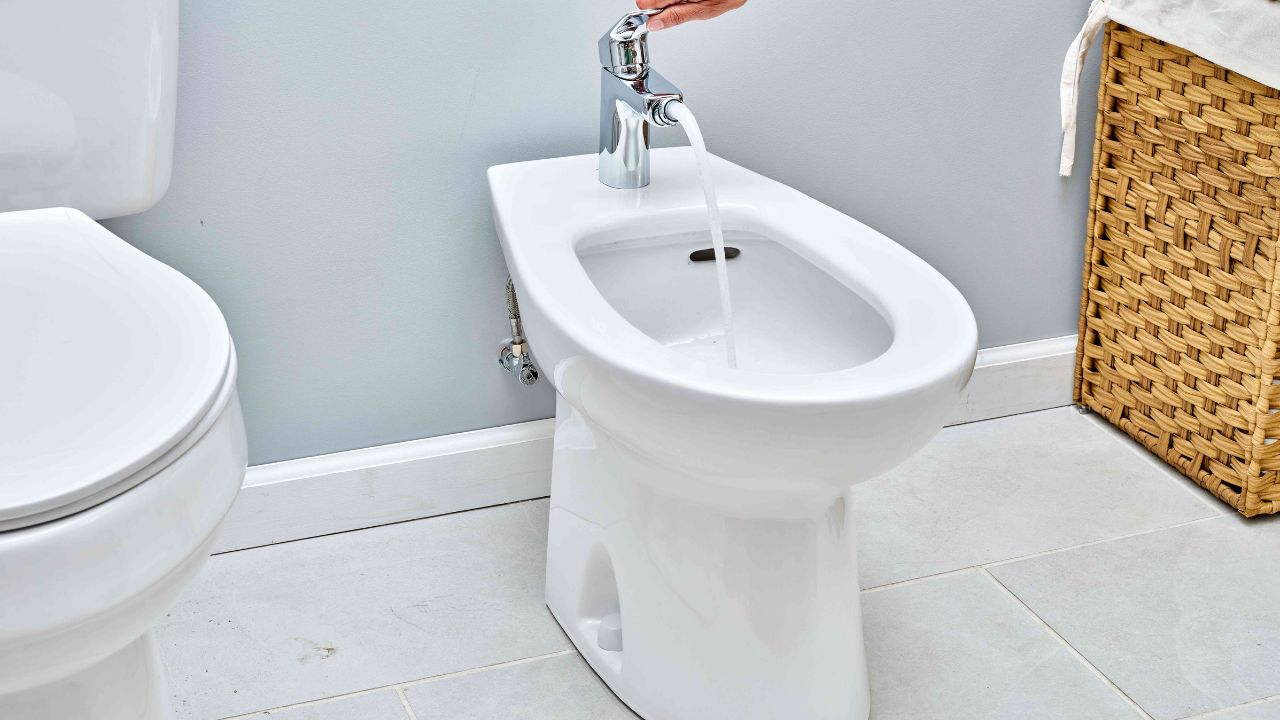
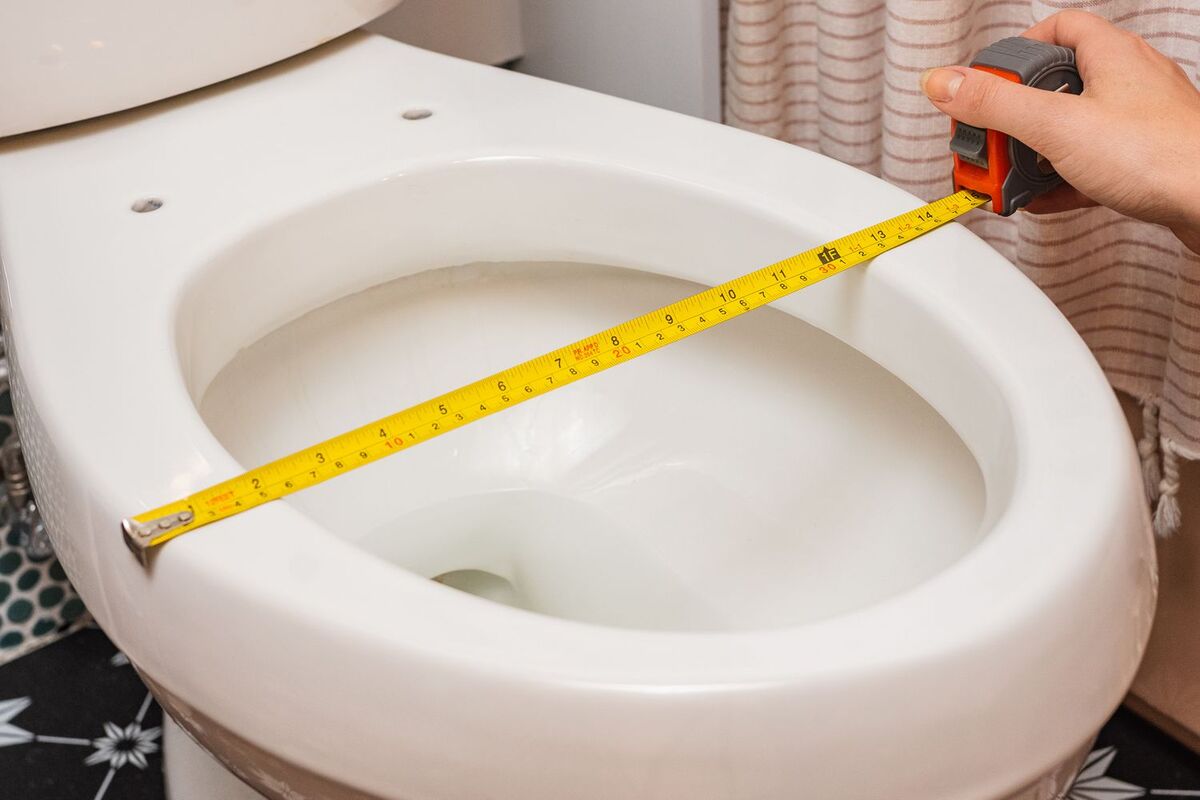

0 thoughts on “How Does Pee Get Under The Toilet Seat”